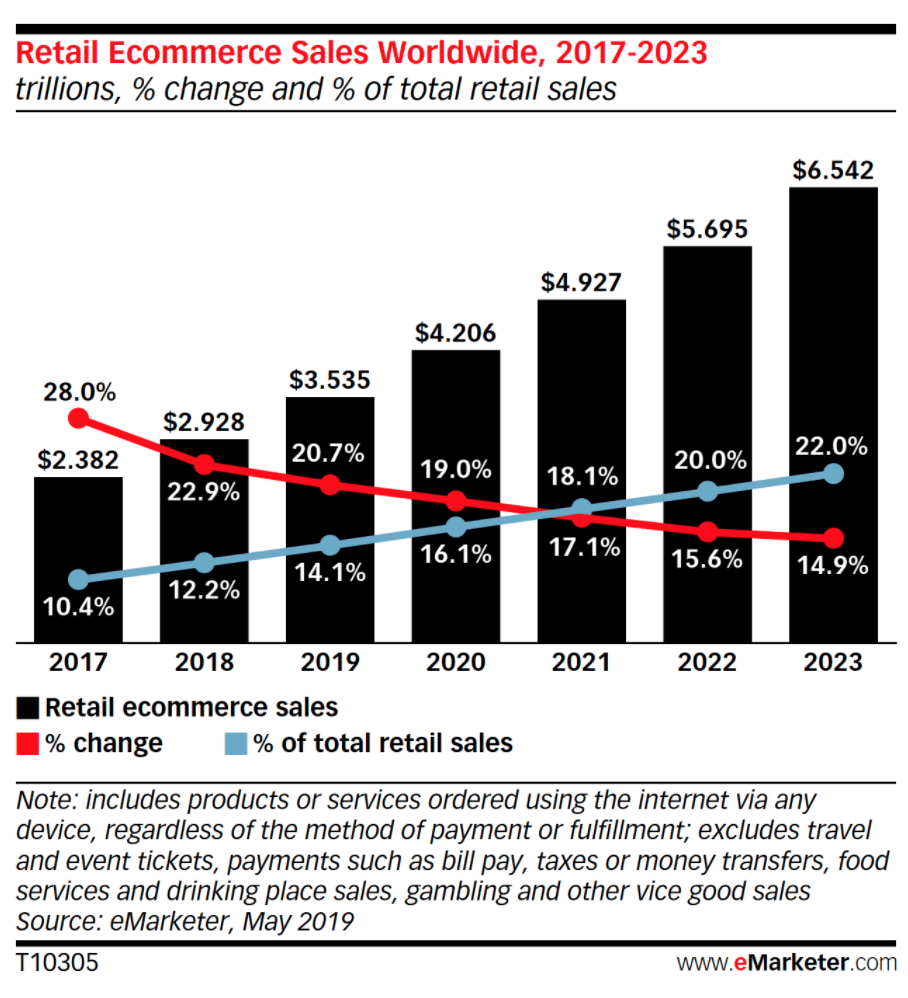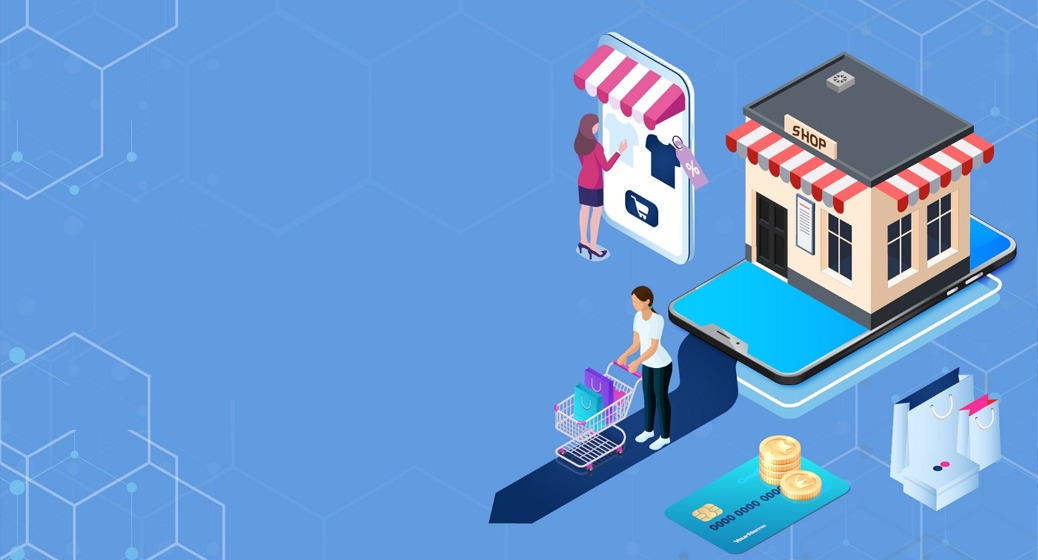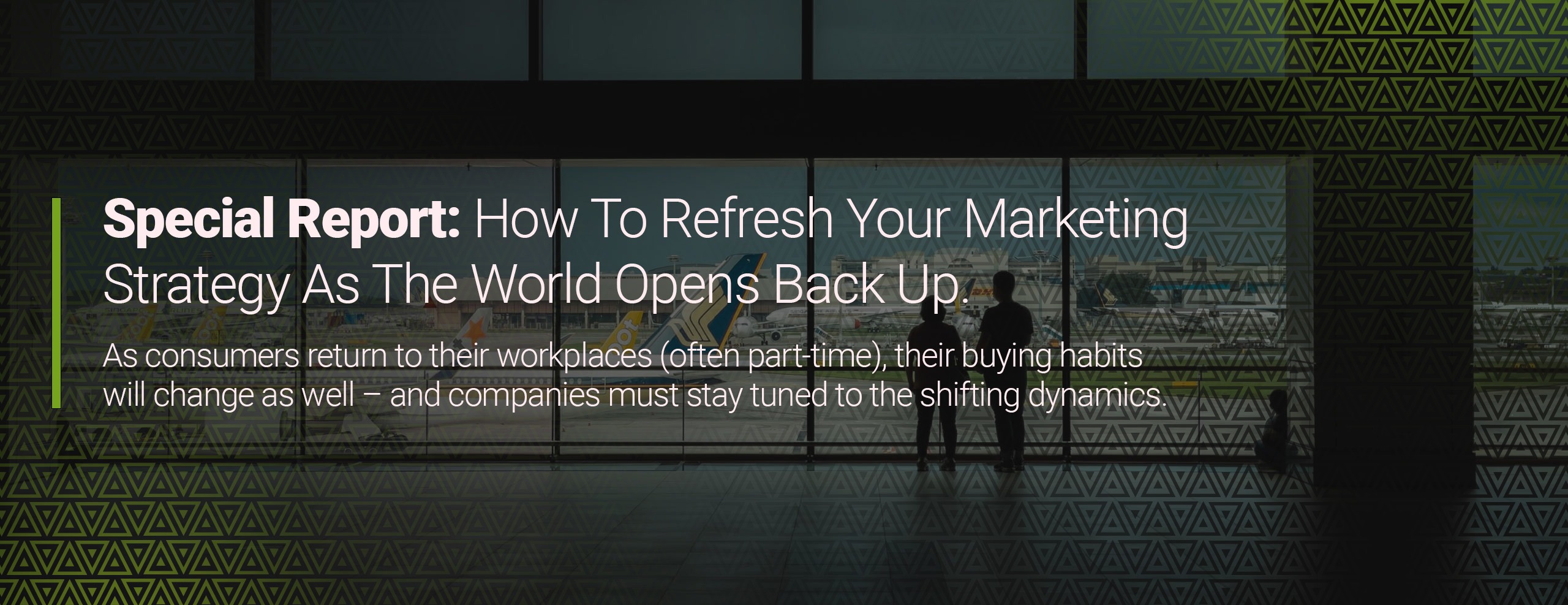For decades, the online retail sector has been driven by books and music, personal electronics, and home appliances, together with footwear, clothing, and sports gear. However, digital marketers and their clients are still trying to decide whether decisions to buy are made initially at physical outlets, or reached completely online, steered partly by reviews and partly by personal experiences.
Tending to split by gender, many female ‘brick’ fans appreciate the chance to touch, smell and try out products before actually buying them. Meanwhile, many others want the immediate enjoyment of walking out of a store with their purchases in hand, ready for immediate use.
Generation Sandwich
In addition to tactile elements and convenience, age is another polarizing factor in online purchases. Strangely enough, both younger and older buyers prefer hands-on shopping with immediate possession. Older buyers are often uncomfortable with computers and – although often swayed by influencers and in-app purchase options – many tech-savvy millennials dislike waiting days (or even weeks) for their merch. Sandwiched in the center, middle generation members often opt for the convenience of virtual stores.
The decision on where to purchase is guided largely by user experiences. Some opt for the speed and comfort of the Buy Now button, while others enjoy spending hours wandering through in-store aisles. Many prefer a double-decker process: they check out brands, prices, colors, sizes, and other features online in comfort, while the actual transactions are completed in person, especially for high-ticket items.
Mall Mindset
The dynamics influencing consumer behavior are complex, regardless of age. For many decades, ‘going to the mall’ has been synonymous with fun: hanging out with buddies, meeting new friends, window shopping, and snacking on delicious treats, all in an air-conditioned retail paradise where time is banished.
An integral part of their lifestyles, many people enjoy live shopping (aka retail therapy) as an aspirational break from their everyday lives. They can also compare quality and prices, check the fit of footwear and clothing, and try out electronics before deciding to buy. Back home, unpacking their swag extends the pleasure of the outing.
Positive UX Underpins Confidence
All these IRL advantages are matched very closely by the downsides of virtual shopping: disappointments caused by defective, damaged, or ill-fitting goods, as well as slow (or even no) deliveries. Once burned by an unsatisfactory online transaction, a consumer may shy away from Internet deals for decades, while bad word-of-mouth publicity spreads like wildfire, dimming a store’s reputation. This is why smart retailers pay very close attention to complaints and returns.
Although reputable online retailers and marketplaces offer no-questions-asked refunds within a day or so, completing the paperwork and repurchasing the goods are time-consuming activities with little inherent value. An upside is that unboxing deliveries a couple of days later often feels like Christmas – but with perfect gifts every time!

See how Transmyt can drive massive amounts of growth for your business.
-
SEO – Unlock massive amounts of traffic.
-
Content Marketing – Our team creates engaging content that will get shared + attract customers.
-
Paid Media – Effective paid strategies with clear ROI.
-
Website Development – Cutting edge technology platforms.
Virtual and IRL Customer Appeal
This in-person, on-site trend is prompting many virtual-only retailers to think about opening up real-life outlets. After all, keeping pace with customer preferences is the cornerstone of any successful business. So how can online sellers capitalize on this trend?
The most logical solution is to go hybrid. Setting up a brick-and-click business is the best way of servicing both ends of the market, without worrying about shopping preferences. With just a little effort, companies can offer twice the convenience across the entire market, through innovative online transactions, in parallel to traditional retail services.
Foot and Mouse Shopping
An added bonus is that the hybrid approach builds up trust both ways. Hesitant online buyers gain confidence in a brand when it’s available on the high street, while stores buttress their in-real-life credibility through well-designed websites that streamline comparative pricing and instant buys.
This means that retailers large and small can pump up their shares of both the online and traditional markets. The most logical way to do this is through analyzing the ways in which specific customers decide to purchase goods. Underpinned by solid market data, retailers and their marketing teams work together to drive foot and mouse traffic in both directions.
Innovative Marketing Tools
Setting up a hybrid sales framework requires careful planning and a discerning eye for apps and platforms that automate both sides of the business. Smaller merchants thriving on specialized virtual marketplaces are now considering dipping a toe into the real-life retail world, particularly as rising vacancy rates are forcing rents down to levels unseen for over a decade.
However, a comprehensive offline and online point-of-sale system is vital, streamlining checkout, payment, and inventory processing procedures. Key points for attention are:
- Choosing the right e-commerce platform, with a well-designed mobile interface, and accepting all major credit cards, as well as card-free and possibly even international settlement methods like Google Pay, Apple Pay, and PayPal;
- Marketing tools like Google Trends and Google Analytics provide accurate insights into real-time locations and demographics, lowering bounce rates while ratcheting up conversions;
- Ensuring accurate inventory control is vital for avoiding lost sales and frustrated customers. Efficient retailers synch their entire inventory through a single database that can easily reconcile all incoming shipments and list them at the correct prices on shelves and product pages;
- Fast order fulfillment techniques work through centrally-located distribution hubs, matched to customer locations for lower shipping costs and shorter delivery times, with automatic notifications whenever a transaction is completed;
- Keeping streamlined transaction records that track every item sold online and in-store through comprehensive sales reports, which are also useful for steering social media marketing campaigns.
Unique Advantage of Bricks-and-Clicks Shopping
Perhaps their most outstanding advantage, bricks-and-clicks operations offer a unique buying feature: click-and-collect purchases. Blending the best of both worlds, this innovative shopping option avoids both traditional inconveniences (time and fatigue) and online risks (defects and delays). Advertising a product normally on its website, the retailer offers two delivery options on the transaction page:
- delivery at a street address, preferably free but often with a deal-breaking fee;
- the buyer picks up the goods from the nearest store during a pre-set timeframe, and at no cost.

Looking Ahead
Although the number of online buyers is forecasted to top 90% of the adult population by the middle of this decade, many Americans still prefer to make at least some of their purchases in person. While social media will certainly retain its marketing clout, far-sighted retailers are already moving towards a multi-channel approach to their businesses, extending from supply chain management to customer fulfillment.
The first twenty years of the XXI century saw consumer sales split into competing retail and etail sales segments. Today, this third decade is ushering in a pioneering retail + etail hybrid: click-e-collect sales. Customer-focused and responding creatively to individual needs and demands, this innovative online + offline marketing strategy opens up exciting possibilities through omnichannel transactions.
Keep Reading
Want more? Here are some other blog posts you might be interested in.
He looked across the conference room table at me and said, almost in a whisper, “I hate to be the bad ...
There is a scene that repeats itself in a lot of young companies. It is Monday morning, the leadership team is ...
If a society loses the ability to sit with its own thoughts, has something rotten taken hold at the core, or ...
For founders and growing companies
Get all the tips, stories and resources you didn’t know you needed – straight to your email!




